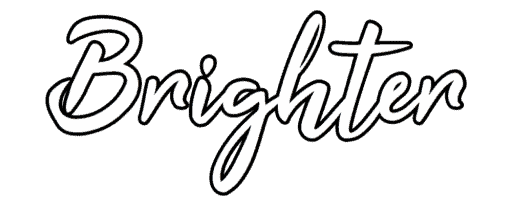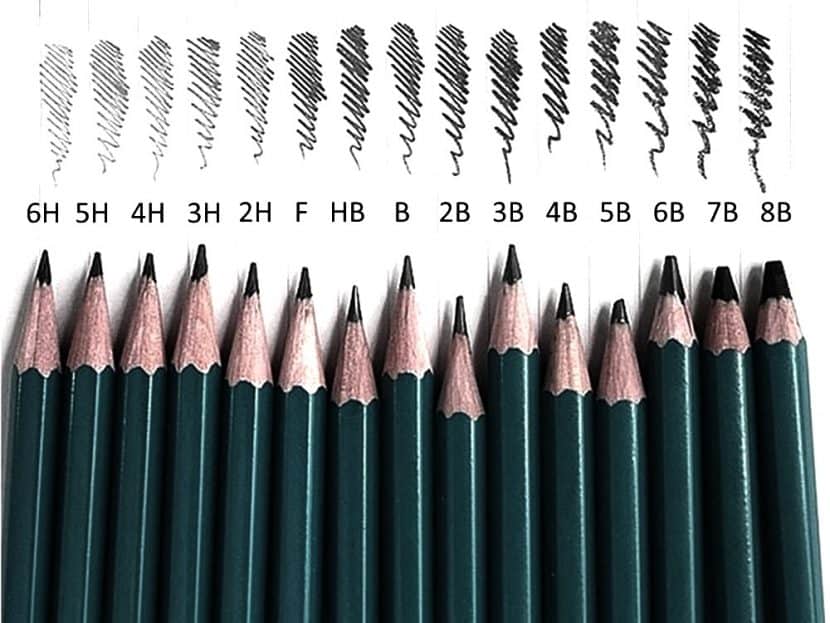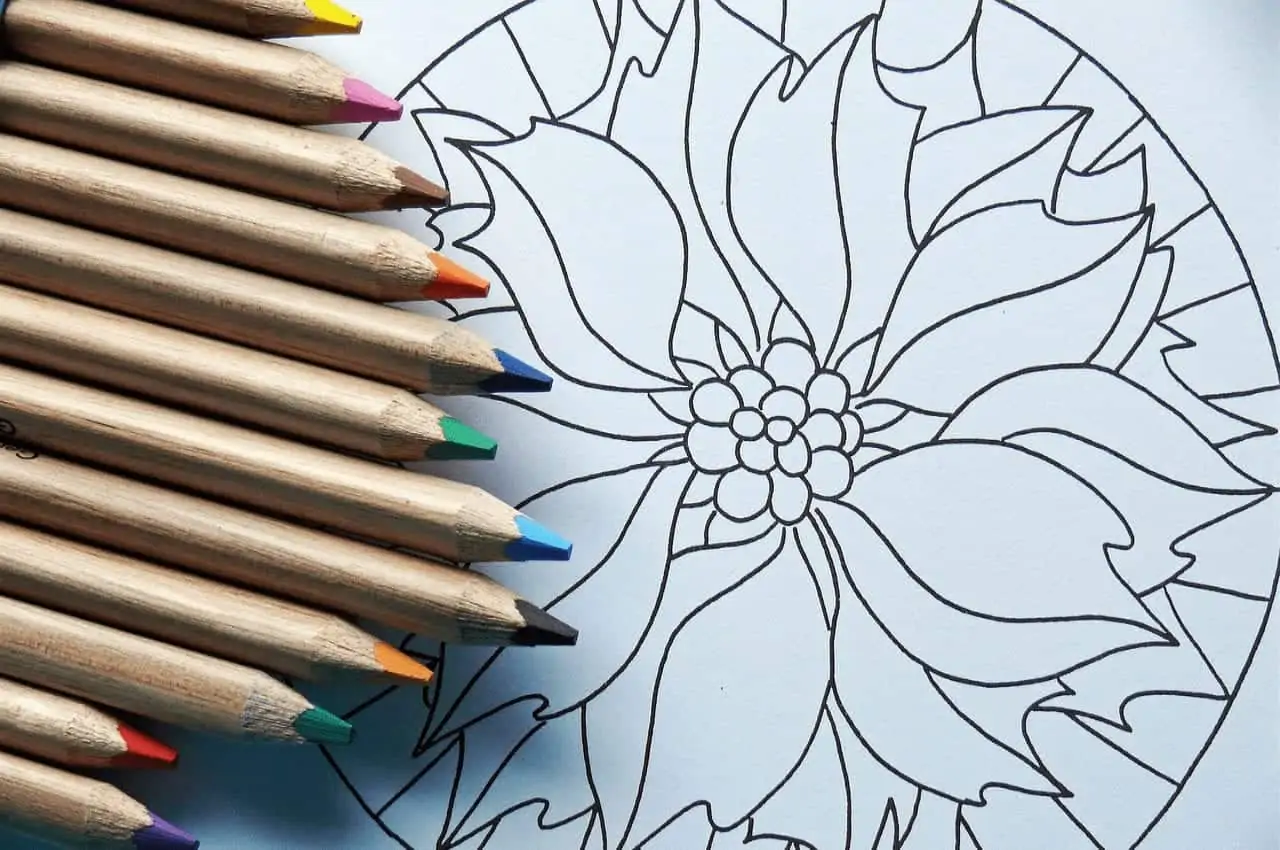There is no one kind of pencil that is best for every kind of sketching but I will do my best to explain some of the benefits and problems of using the different pencil grades. Hopefully this will help you choose the right tools for each task.
Choosing the right pencil will depend on your style, what you want to create and at least in part, what you are drawing on. I personally start with a HB pencil most of the time, but to understand your choice properly you need to understand the pencil grading system
Table of Contents
What is the standard range of pencil grades?
Today, the standard range of pencils is described as the HB scale. The type of pencil is given a number and letter to show the type of graphite in the pencil. The range extends from 9H to HB and HB to 9B. There is also an F grade pencil we will discuss below. The scale is organised as you can see in the image below

What do the letters mean?
You can see 3 different letters in pencil grades, H, B and F. These letters refer to the hardness of the graphite in the pencil.
H signifies hardness and B signifies blackness. These differences are obtained by varying the amount of Graphite and clay in the pencil. The higher the clay content the harder the graphite in the pencil is and the better it will keep a sharp defined tip. The higher the graphite content the softer and darker the mark left by the pencil is.
F grade pencils are fine point pencils with a very hard graphite made to hold a fine point but retain the blackness of a standard HB pencil. They are usually used by architect’s and others who need a very precise tip for accurate technical drawing. They can be used for drawing and sketching but are much less commonly used by artists.
Understanding the hardness of your pencils
The hardness of the pencil affects both the darkness of the mark left by the pencil and also the ability of the pencil to hold a fine tip. As the pencil that is central to the scale used by all manufacturers now the HB pencil will hold a good point and leave a fairly dark black mark.
The harder pencils in the H range will hold a fine point for longer but leave a lighter, less black mark on the paper. The softer pencils in the B range will leave a blacker mark on the paper but do not hold a fine point for as long.
Do be aware. The graphite in some HB pencils may be darker than others. There is no standard to the scale as such. In general, Japanese pencils have darker graphite than pencils made in Europe. However, there will be variations from manufacturer to manufacturer.
What do the numbers mean?
The numbers represent the proportions of clay used in the construction of the graphite. A 9H pencil has the highest clay content. This makes it the hardest tip and it will leave the lightest line on the paper. A 9B pencil has the lowest clay content and this means it has the softest and will leave the blackest mark on the paper.

What is a propelling pencil?
A propelling pencil is sometimes called a clutch pencil or mechanical pencil. Instead of a wooden cylinder being bonded directly to the core ‘graphite’ of the pencil, individual graphite rods are inserted into the pencil and extended to keep the tip as the graphite wears down.
They are much more suitable for using hard graphite and are often used for writing.
Do beginners need expensive pencils?
The quick answer is no. You don’t need expensive pencils to start. You can start with just a budget HB pencil and still get great results if you learn to control the pencil well.
One thing that will help you a lot whichever pencils you use is a good quality pencil sharpener. This is an invaluable tool which will make sharpening easy and extend the life of your pencils. Using good replacement blades will mean your sharpener stays in tip top condition too.
Do I need to buy a complete set of pencils?
No, you don’t need a complete set of pencils to start. Learning how to control the pencils is much more important than having a full set. Practice using harder and softer strokes to get the lines and shading you want. You can use cross-hatching and smudging techniques to extend your pencil shading skills without the need for a complete set of pencils.
What are the best pencil grades to start with?
The most important pencil grade to start with is the standard HB pencil. This is the most flexible pencil and it is likely you will use this grade the most.
A good set of pencils to start with would include a 6H, 2H, HB, 2B, and 6B. Used properly this range will give you a wide variety of pencil grades that will allow you to learn how to shade properly.
As you progress you can add a 9B and 9H so you can learn how to use the softest and hardest pencil grades and by then you will have learned which pencils you use most.
If you find you use the harder grades more you can add a 4H and any other H grades to extend your collection, but it isn’t really necessary. It is a matter of finding the grade of pencil that suits your style of drawing best.

When do I use which pencil?
Each pencil has specific characteristics and understanding what these traits are will help you get the most from them.
When you first begin a drawing or sketch it can be helpful too sketch light fine lines to map out the basic shapes within the drawing. This is what H grade pencils are best for. A sharp H grade pencil will leave much less graphite on the paper so the lines are less likely to smudge and can easily be erased if needed later.
Darker lines from any B grade pencil are harder to erase because they leave more graphite on the paper. They are great for creating darker areas and shadows in your drawing. Also, because they are softer they can be smudged on the paper to create more even gradients of tone.
Don’t be scared to experiment. Try using a lighter grade first and if you can’t get the desired effect, gradually move to darker grades until you achieve the results you want
How to choose the best pencils for your sketching and drawing
To choose the best pencils for your style of drawing or sketching, you need to analyse how you use your pencils.
If you draw with fine precise lines and use line shading techniques like cross-hatching, harder pencil grades may suit your style best. If this sounds like you then you may want a selection from 9H down to 3B. You may not need the darkest softest grades.
If you use more smudged shading in your drawings and sketches it would be more useful to have more of the darker B grade pencils in your collection. The lines of a 3H pencil are easily covered by darker grades so the best selection for you would probably be from 3H to 9B.
Monitor which pencils you use most. We all have our preferences. I rarely use anything harder than a 2H pencil and 90% of my drawing is done with just 3 pencils. A 2H, HB and 3B. I find with these 3 pencils I can achieve the results I want without any fuss.
Lines, tones and shading
Learning to get the most from your pencils is much more important than having a huge range. Dynamic control is really important.
If you want consistent lines you will need to keep a steady even pressure on the paper. If you want a line to get progressively darker, use the pencil you would use for the darkest end and vary the pressure on the pencil to get the lighter marks towards the end of the line.
Harder grade pencils will always be better if you are trying to create fine precise lines. The rounder the tip of the pencil is the thicker the lies will be. Rounder tips will help more with shading.
Where softer pencils work well is if you have a large area of the drawing to cover. Using a flattened chisel tip (just use sandpaper to flatten 2 sides of the pencil) to shade can make it much faster.
The softer graphite will also smudge much more easily. This can make shading a much simpler process, but you will need to work without resting your hand on the paper as you draw. It is possible to work towards your hand so you don’t smudge the softer graphite, but in the long term working without your hand resting on the paper will stop you ruining a drawing you have done.

What kind of paper should I use?
You can literally use any paper or board to draw on as long as it doesn’t have a glossy non porous finish. The smoother the paper the more precise the lines will be, but any standard cartridge paper will have a fairly fine texture or ‘tooth’. This is the kind of paper used in most sketch pads.
Personally I literally collect any good paper or card I find, cut it to size and shape on a guillotine and save it for either rough sketches or final drawings depending on the quality. Just keep your eyes open. You will be surprised how much perfectly good paper and card everyone just throws away.
If you use harder pencils then a thicker paper can make it easier to learn. Thin paper is easily punctured by a harder, fine tipped pencil. The paper used in children’s coloring books has a very large ‘tooth’ and this kind of paper is not the best for producing precise lines, but is great if you use soft pencils with a lot of smudged shading.
For more permanent drawings, Bristol Board has become the industry standard for many professional artists. It gives you a strong surface that has a very fine ‘tooth’, so it works well for most styles of drawing.
Final words
The best pencils for you are the ones you find easiest to use. You don’t need a huge selection of pencils to get great results. Learning how best to use them is much more important than having a big selection.
Something else to consider. If you want to keep the drawing in the best condition for a long time, using acid free paper will help stop the drawing from fading. Using a fixative spray will also help to ‘fix’ the pencil lines to the paper too. It is a fine adhesive spray that literally sticks the graphite to the paper so it doesn’t gradually wear away over time. Some fixatives are also UV resistant which will help protect both the paper and pencil lines.




